What is EPT?
EPT, also known as N-Ethyl-N-propyltryptamine, is a research chemical that belongs to the tryptamine class. It is of interest to scientists and researchers because of its psychoactive properties and potential applications in various fields of study. Chemically, EPT is a tryptamine derivative with an ethyl and propyl group on the amine nitrogen of tryptamine. Due to this structural change, this product has different properties than other tryptamines and is thought to interact with serotonin receptors in the brain.
Research on this product focuses primarily on understanding its pharmacology, effects on the central nervous system, and potential therapeutic applications. Scientists are interested in elucidating its mechanisms of action, including its interaction with serotonin receptors and other neurotransmitter systems.
The scientific research on this product contributes to our understanding of brain neurochemistry, receptor interactions, and the mechanisms underlying altered states of consciousness. It also has the potential to provide insight into various psychological and neurological disorders, paving the way for the development of new therapeutic interventions.
Physical Properties:
- It is typically found as a white or off-white crystalline powder.
- It is soluble in organic solvents such as ethanol, methanol, and dimethyl sulfoxide (DMSO).
How did EPT come about?
This Research chemical was first synthesized in the laboratory by chemists investigating the structural modifications of tryptamine. By adding an ethyl and propyl group to the amine nitrogen of tryptamine, they created this product as a new compound with unique properties.
The discovery of this productopened avenues for further research into its chemical structure, pharmacology and potential applications. Scientists were particularly interested in studying the interactions with various receptors in the brain, particularly serotonin receptors, which are known to play a crucial role in mood regulation and cognition.
Research on this product has shown that it has psychedelic properties, meaning it can cause changes in perception, cognition, and mood. These effects are often described as changes in sensory experiences, increased introspection, and shifts in thought patterns. Scientists continue to investigate the mechanisms by which this product acts on the brain, with the aim of better understanding its effects and potential therapeutic applications.
Research on this product and other research chemicals is conducted in controlled laboratory environments, following strict safety protocols and ethical guidelines. Researchers aim to unravel the complexity of the brain, advance our understanding of neurochemistry, and potentially contribute to the development of innovative treatments for various psychological and neurological disorders.
Key Details about EPT
Stimulating and Psychedelic Effects:
This product is known for its potential stimulating and psychedelic effects, which can vary depending on the dosage and individual sensitivity. Researchers have reported enhanced sensory perception, visual distortions, and altered states of consciousness when studying this compound.
Research Purposes:
It is commonly used by researchers and scientists to study its chemical properties, pharmacological effects, and potential therapeutic applications. It can be utilized in various fields such as neuroscience, pharmacology, and medicinal chemistry.
Psychoactive Properties:
It is known to exhibit psychoactive effects, similar to other tryptamine derivatives. These effects may include altered perception, sensory enhancement, and changes in mood and cognition. However, it is important to note that the subjective experiences and effects of this product may vary among individuals.
Limited Availability:
This product is a rare compound and may not be readily available in the market. Its production and distribution are strictly regulated, and it is primarily obtained through reputable research chemical suppliers.
Molecular Structure:
It has a molecular formula of C14H20N2 and a molar mass of 216.32 g/mol. It features a tryptamine backbone with an ethyl group and a propyl group attached to the nitrogen atom.
Dosage and Administration:
It is crucial to handle this product with care and adhere to proper safety protocols, as with any research chemical. Dosage recommendations can vary, but researchers typically start with low doses (5-10 mg) to assess individual sensitivity and gradually increase if necessary. It is essential to consult relevant literature and follow ethical guidelines when conducting research involving this product.
Safety Precautions:
As with any research chemical, it is crucial to handle EPT fumarate with caution. Researchers should follow proper laboratory protocols, including wearing appropriate protective equipment and working in a well-ventilated area. It is advised to consult with a qualified professional before conducting any experiments involving this product.
Pharmacology and Effects:
- It acts as a serotonin receptor agonist, primarily affecting the serotonin 5-HT2A and 5-HT2C receptors.
- The specific effects of EPT Fumarate can vary depending on the dosage and individual factors. Common effects may include:
- Altered perception and enhanced sensory experiences
- Changes in thought patterns and introspection
- Euphoria and mood enhancement
- Visual and auditory hallucinations
- Increased empathy and sociability
- Time distortion
Safety and Legality:
- It is a potent psychoactive substance and should be handled with caution. It is important to use proper safety precautions and conduct research in a controlled environment.
- The legal status of this product may vary by country. It is important to be aware of the laws and regulations regarding its purchase, possession, and use in your jurisdiction.
Ordering Information:
To inquire about pricing, and availability, or to place an order for EPT fumarate or any other research chemicals, please visit our website or contact our customer support team. Our dedicated team is available to assist you with any questions or concerns you may have.
Substitute Chemicals – Connecting you with the research chemicals you need for cutting-edge scientific research.

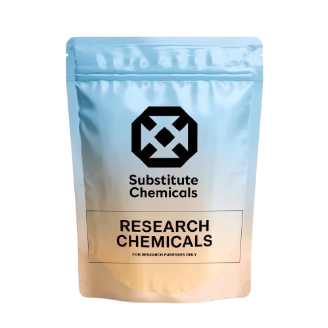
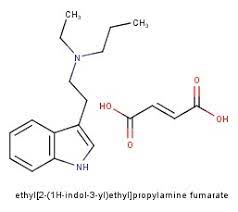
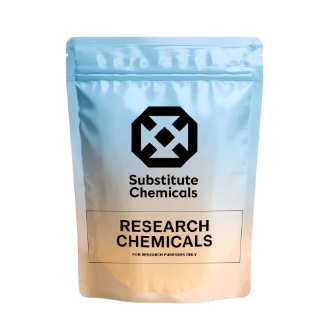
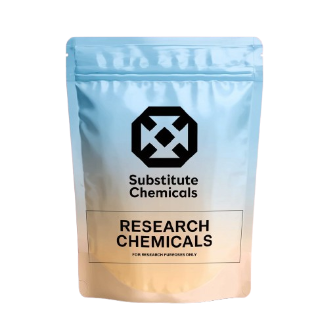
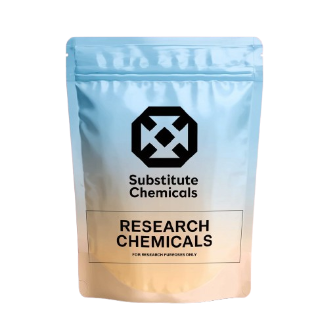
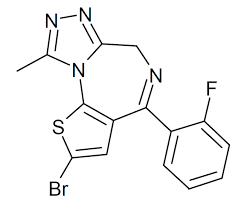
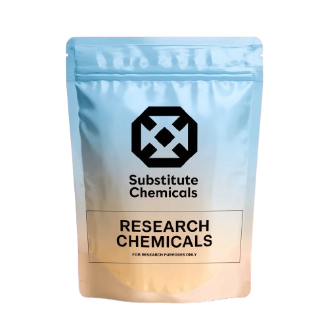
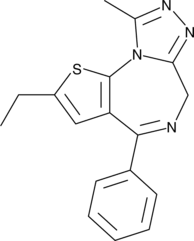
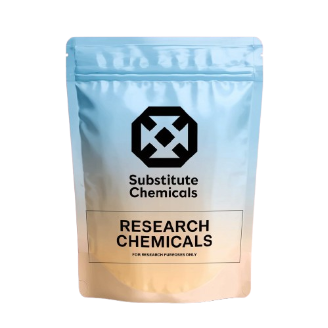
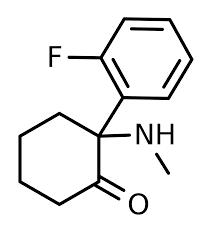
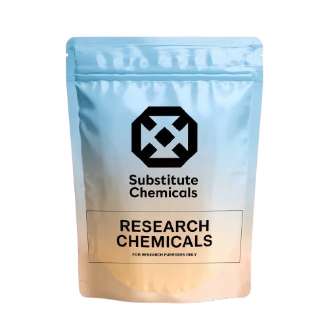
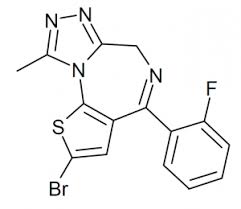
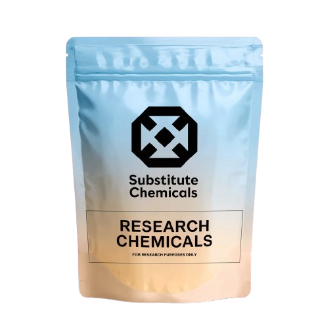
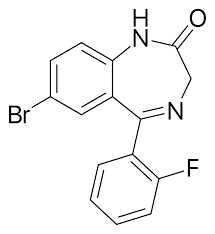
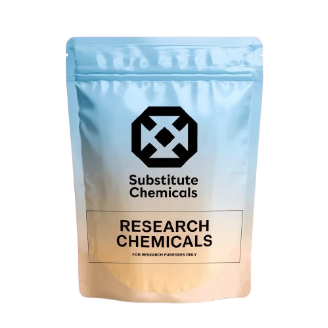

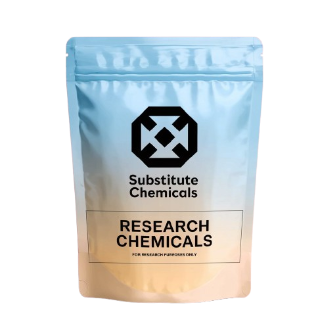
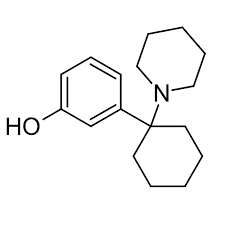
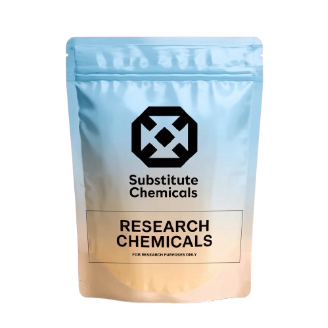
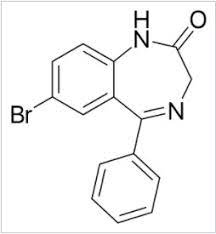
Reviews
There are no reviews yet.